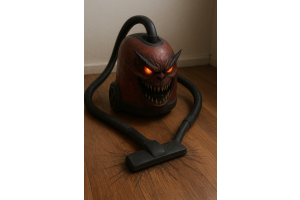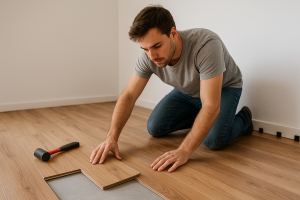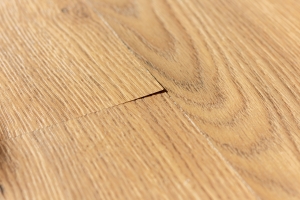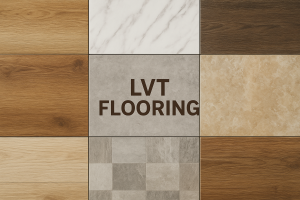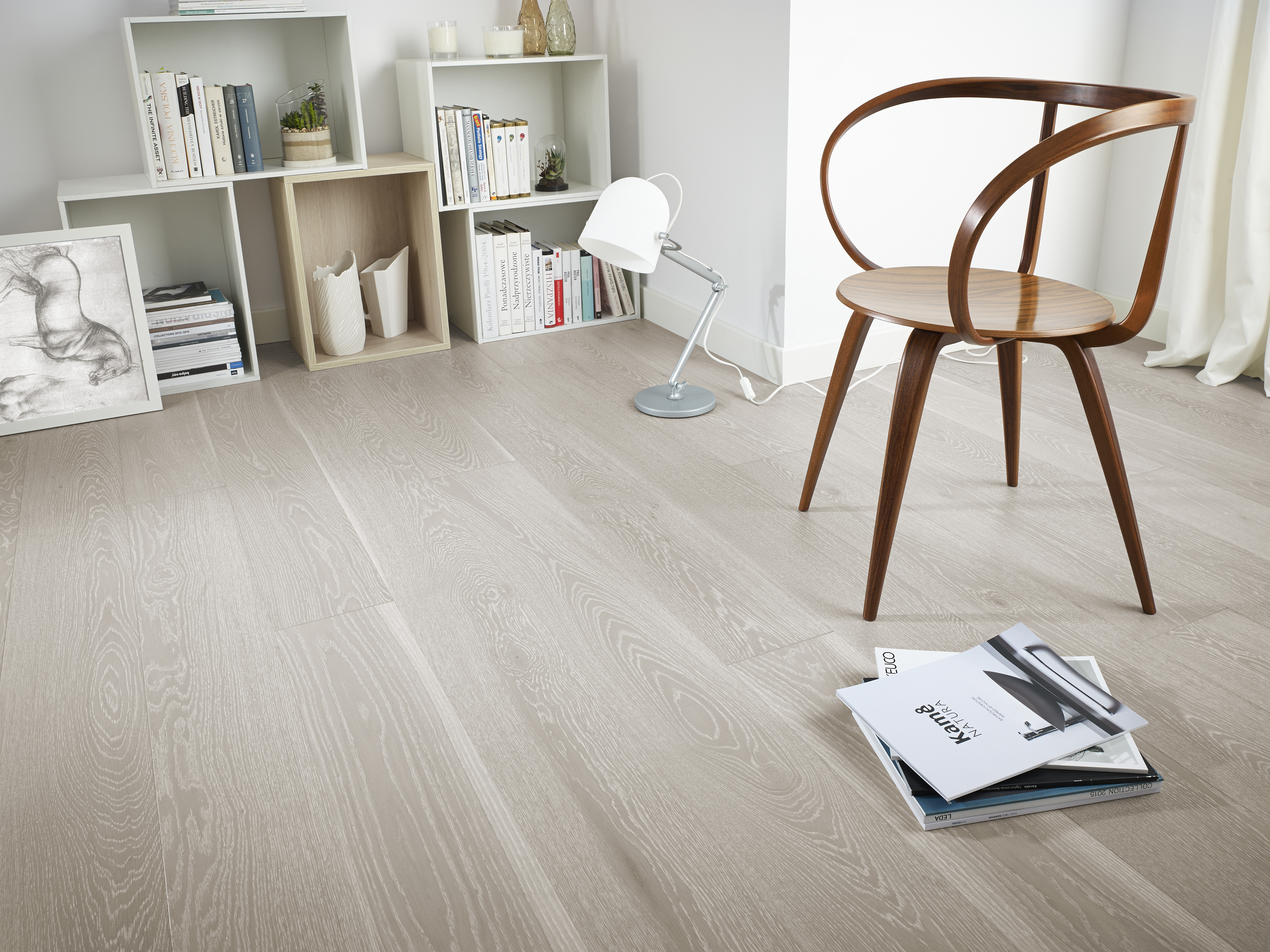
When buying new flooring, there are certain key steps to ensuring its longevity. Preparation is key. As the old saying goes: fail to prepare, prepare to fail. One key step is to acclimatise flooring. But what is it? Why is acclimating wood flooring so important, and how do you do it effectively?
Acclimatising flooring is the process of conditioning your flooring to prepare for moisture and temperature in its surroundings once laid. Different flooring types require different acclimatisation periods, and failing to do so can result in warping, cracking and buckling.
To acclimatising your flooring, leave the flooring in its box, then open up the end and stack them on top of each other. This allows air to circulate between the boards and adapt to their new environment. It's recommended that acclimatisation is done when your room falls within 18-24°C and 45-65% humidity, your flooring’s humidity levels are between 8-12%, and if it has been delivered on a rainy day and has absorbed moisture, allow extra time for acclimatisation.
To acclimatise flooring, leave the boxes in the room the floor will be fitted in. This allows it to adjust to the room’s temperature and moisture levels. Leave the planks in their individual boxes, stacked on top of each other, and open them at each end to let air circulate through the packs. Different flooring types require different minimum acclimatisation periods:
- Solid wood: 72 hours
- Engineered wood: 72 hours
- Laminate flooring: 24 hours
- Luxury vinyl tiles: 24 hours
- EvoCore: No acclimatisation needed
Jump to:
_
What is Acclimatising Flooring?
Acclimatising flooring is the process of conditioning your wood, laminate or LVT to adjust to its new environment. This is the room it will be installed in.
Through acclimating wood flooring, it is given time to get used to the room’s natural temperature and moisture (humidity) levels.
Missing this crucial step can lead to serious issues with your floor down the line.
_
Why is it So Important?
If you fail to acclimatise your flooring, it may warp, crack, buckle or split. You could also be left with unsightly gaps.
This is because floors naturally expand and contract. This is even more true for real wood flooring, as they are natural products, which is why their acclimatisation times are longer.
Every room has its own temperature and humidity levels. Because your flooring is likely to have been stored in a large warehouse, the environment is much different to the one in which it will be laid.
If you immediately lay your flooring without letting it acclimatise, it will expand or contract due to the sudden change in environment. This is where damage most occurs.
_
How to Acclimatise Your Flooring
Acclimatising your new flooring is very easy to do.
Simply leave the flooring in its boxes, then open up the end and stack them on top of each other. This allows air to circulate between the boards and helps the flooring to adapt to its new environment.
The length of time you need to acclimatise flooring depending on the flooring type. Here are our recommendations for the minimum amount of time you should leave your floor to acclimatise.
| Flooring Type | Minimum Time Needed to Acclimatise |
| Solid Wood | 72 hours |
| Engineered Wood | 72 hours |
| Laminate Flooring | 24 hours |
| Luxury Vinyl Tiles | 24 hours |
| EvoCore | No acclimatisation needed |
Flooring such as solid and engineered wood is of course made from natural materials. This therefore makes them more susceptible to damage from moisture or fluctuating temperatures. While engineered wood had multiple layers, this is made from real wood. Solid wood uses one piece of wood to create the whole plank.
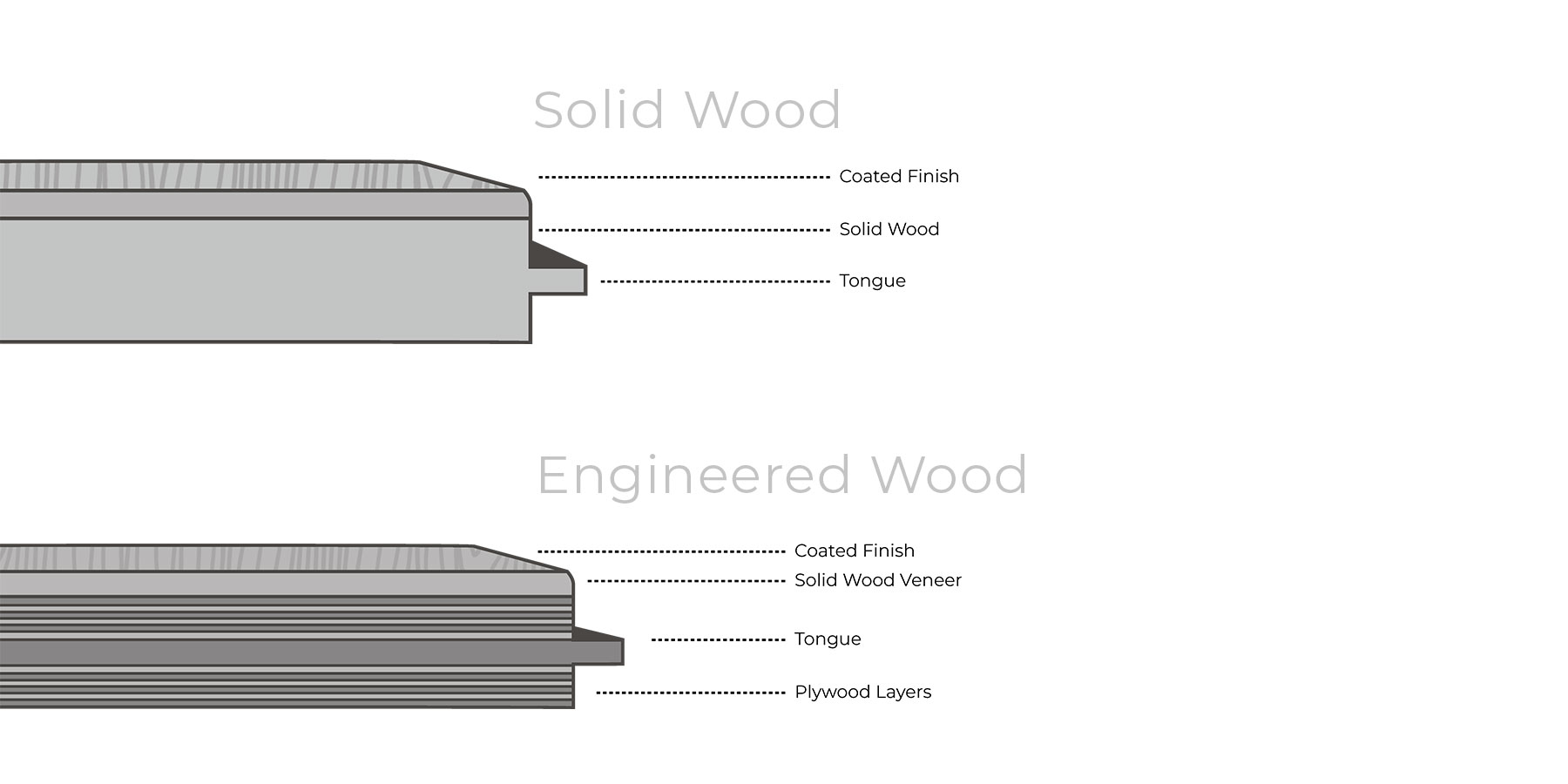
While laminate does have wood in the form of a fibreboard core, there is less of it, which is why it needs less time to acclimatise.

Luxury vinyl tiles (LVT) may be made from mostly plastic, but this can still be affected by changes in temperature. Therefore 24 hours minimum is recommended for this flooring type.
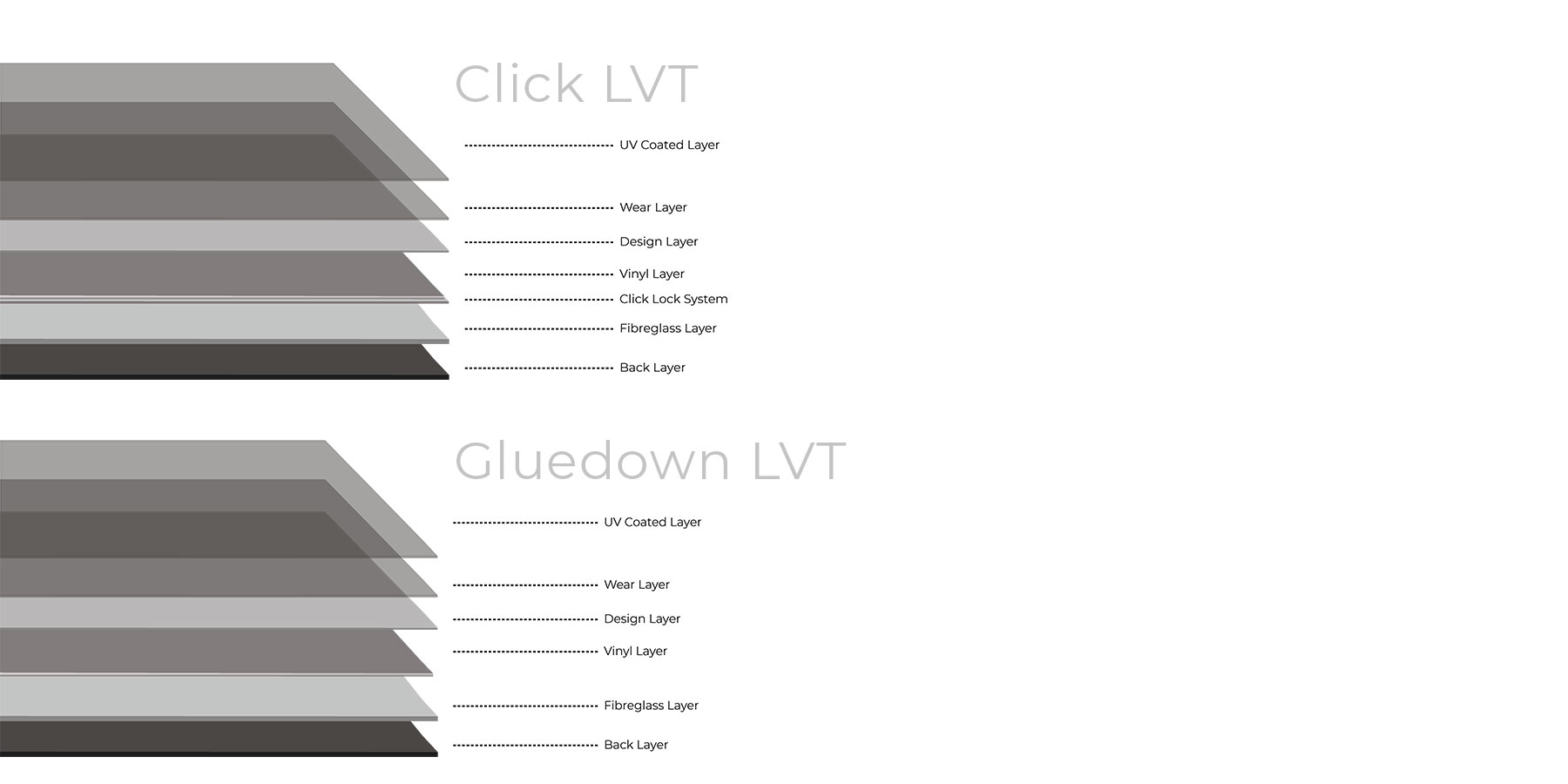
EvoCore flooring is a brand new range, made from seven highly-durable layers. These layers mean it requires no acclimatisation.
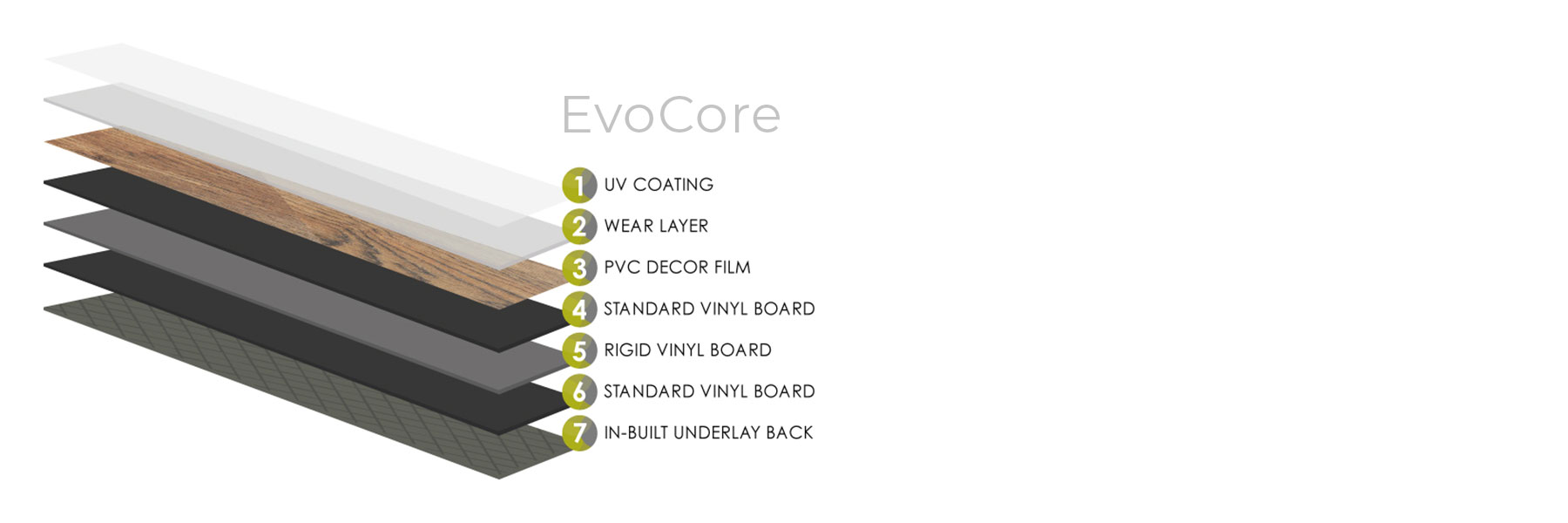
When acclimatising your flooring, it’s important that the room’s temperature and humidity levels are as they would be normally.
If they’re acclimatised to an environment that’s different, for example before heating or air conditioning is installed and used, this can cause damages down the line as the flooring adapts to the new temperature levels.
If your room has heating or air conditioning, make sure they’ve been operating for at least five days before you acclimatise flooring. The same goes for underfloor heating. If you’ve had any work done to the room, such as plastering, allow this to fully dry before acclimatisation.
In short, the room should fall within 18-24°C, with a relative humidity level of 45-65%. Your flooring should not be any larger than 8-12% humidity before it is installed.
_
Best Practice
There are certain best practices you should follow when acclimatising flooring:
- Make sure the room environment is stable before you acclimatise your flooring
- If you floor was delivered on a rainy day and has absorbed moisture, allow extra time for acclimatisation
- Check your room falls within 18-24°C and 45-65% humidity
- Ensure your flooring’s humidity levels are between 8-12%
- Always follow manufacturer guidelines if you’re unsure to ensure your warranty remains intact
To Sum Up
Acclimating wood flooring, and most flooring types, is crucial in protecting its longevity.
To prevent damages such as cracks, gaps or warping, ensure you follow the step in this guide. For further advice, contact our team today.









